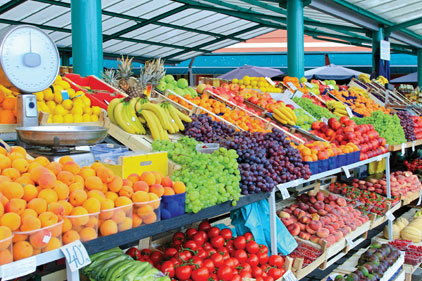Led by the John Innes Centre in the U.K., researchers said blood oranges usually need a period of cold as they ripen in order to develop red pigmentation. While many areas around the world produce these oranges, the Sicilian area around Mount Etna in Italy is the best place to produce them reliably. Sunny days and cold nights, as well as sunny days and warm nights make for the best orange-producing conditions, found in this Italian area.
In their study, researchers gave the name Ruby to the gene they identified as playing a key role in the pigmentation of the blood orange.
“Blood oranges contain naturally occurring pigments associated with improved cardiovascular health, controlling diabetes and reducing obesity,” said Professor Cathie Martin from the John Innes Centre on Norwich Research Park. “Our improved understanding of this trait could offer relatively straightforward solutions to growing blood oranges reliably in warmer climates through genetic engineering.”
The pigments are anthocyanins, flavonoids that give red, purple and blue fruit their color. Former studies, based on research regarding other high-anthocyanin foods, identified how the consumption of blood orange juice reduces oxidative stress in diabetic patients, protects DNA (deoxyribonucleic acid) against oxidative damage and could potentially reduce cardiovascular risk factors more generally. The Ruby gene was isolated from the flesh of blood and blonde oranges. The team found that it is controlled by mobile genetic elements activated by the stress of cold.
“Our results offer little hope of conventionally breeding or identifying new varieties of blood orange that are free from cold dependency,” Martin said. “We are now experimenting with hooking the Ruby gene up with a specific fruit promoter so it can be induced in another way.”
Blood oranges are a derivative of sweet orange, the most commonly grown fruit tree in the world. This latest study confirmed that sweet oranges are a hybrid between the south-east Asian pomelo and mandarin.
From the April 10, 2012, Prepared Foods’ Daily News
